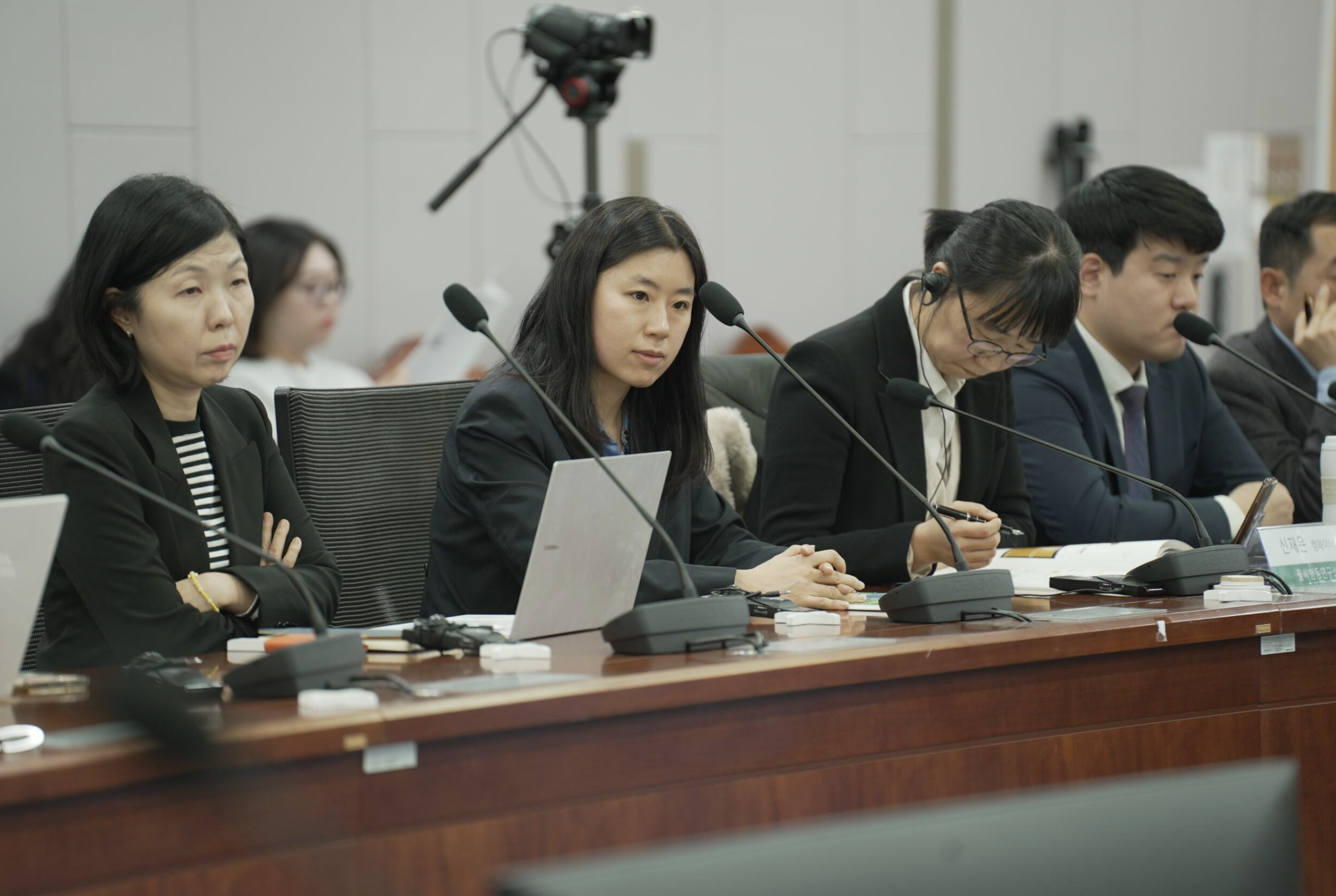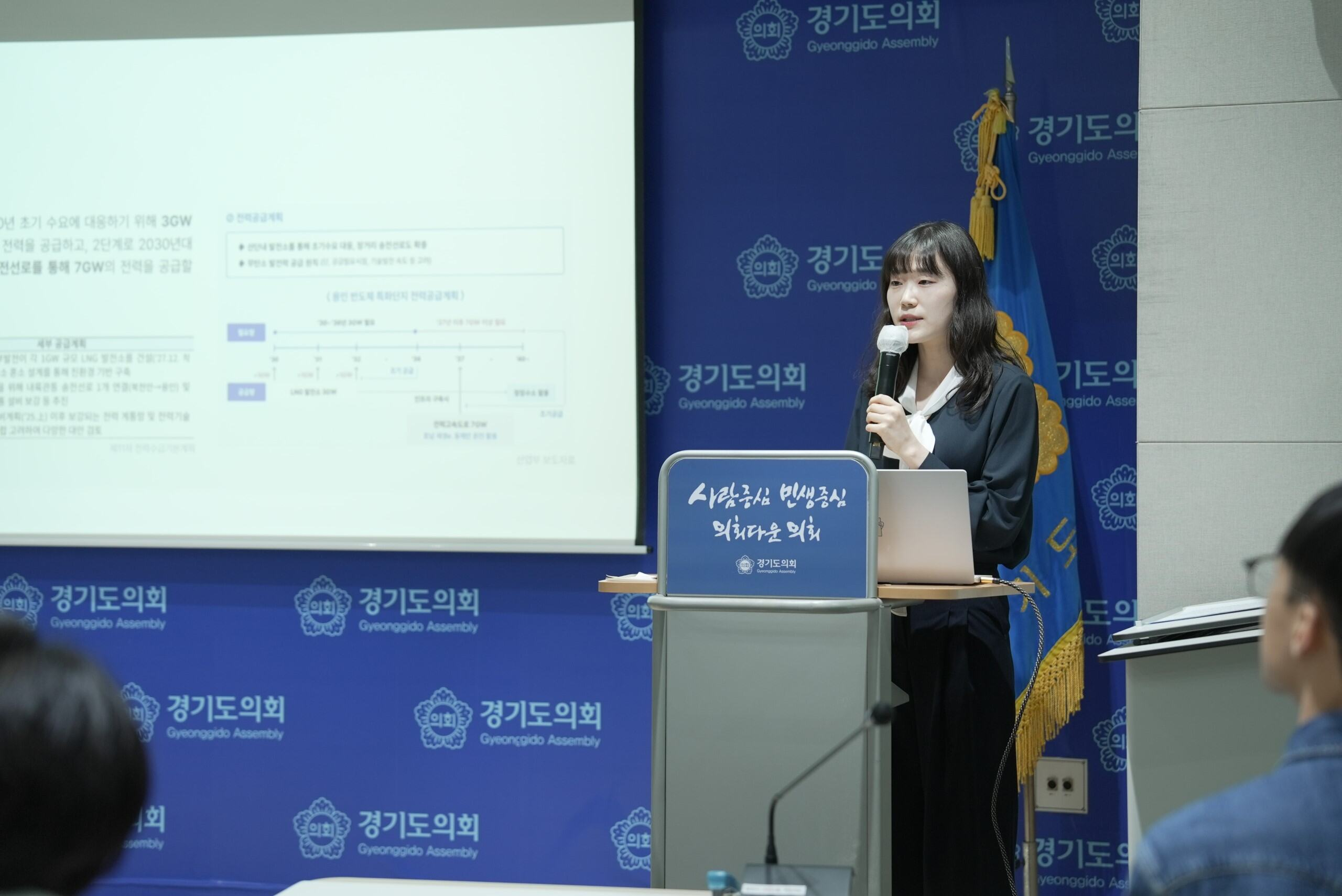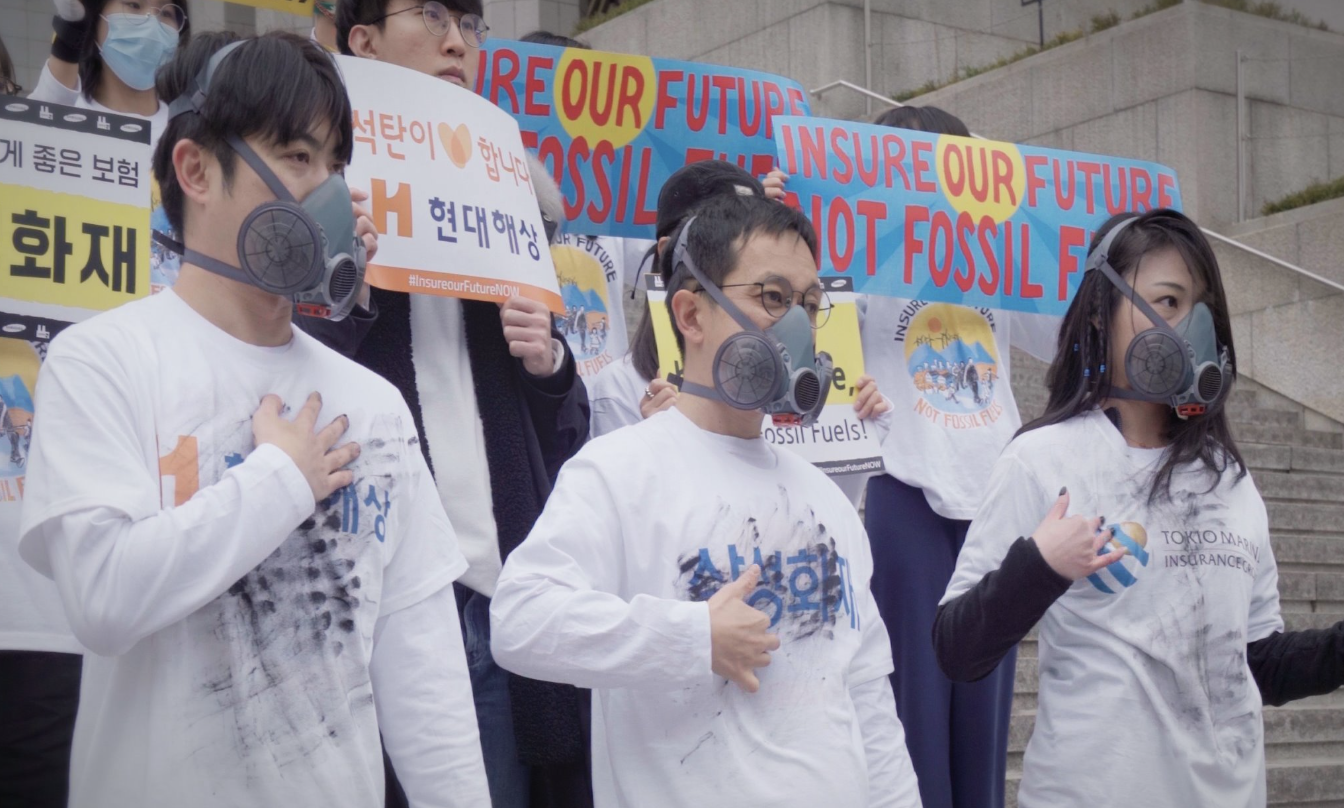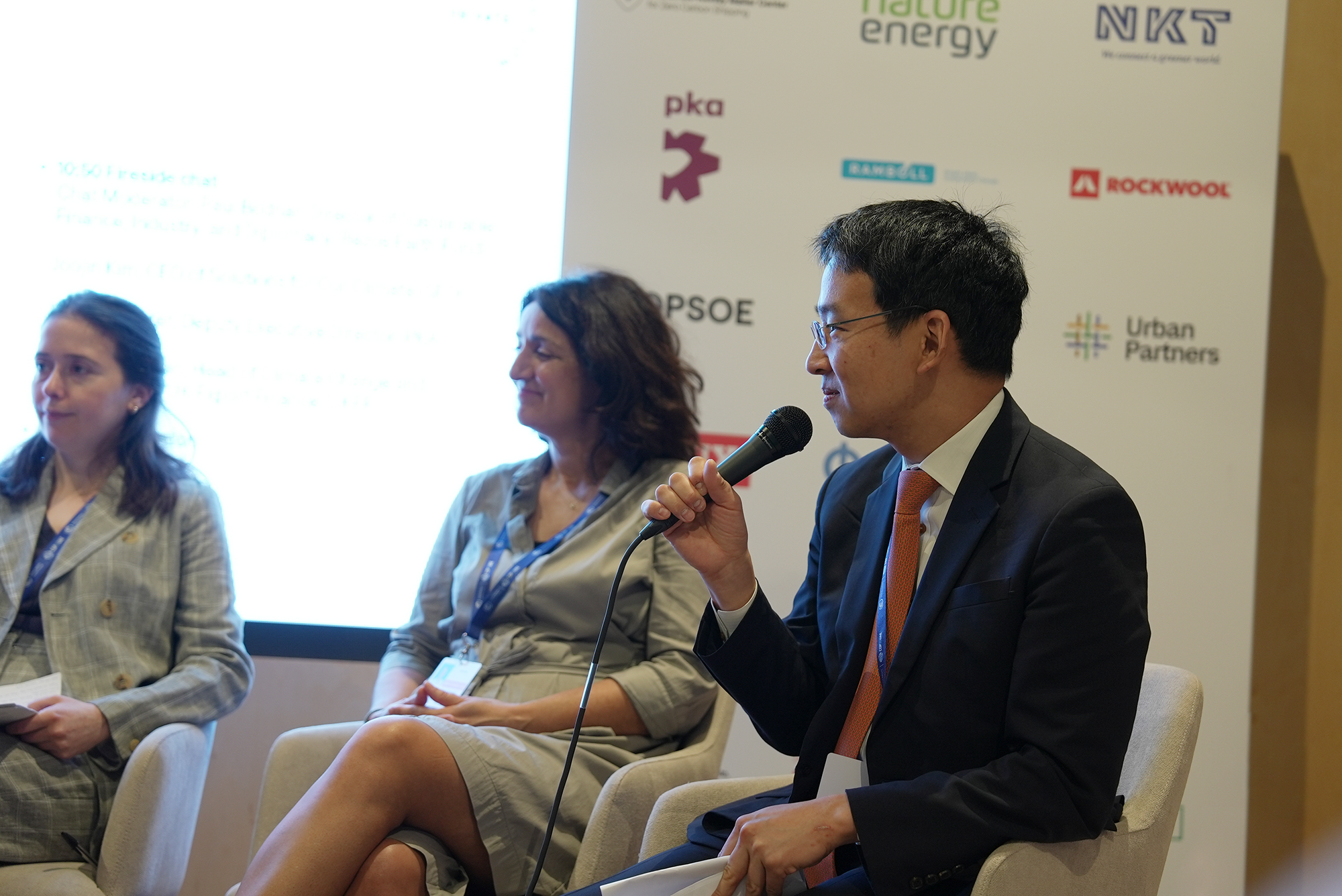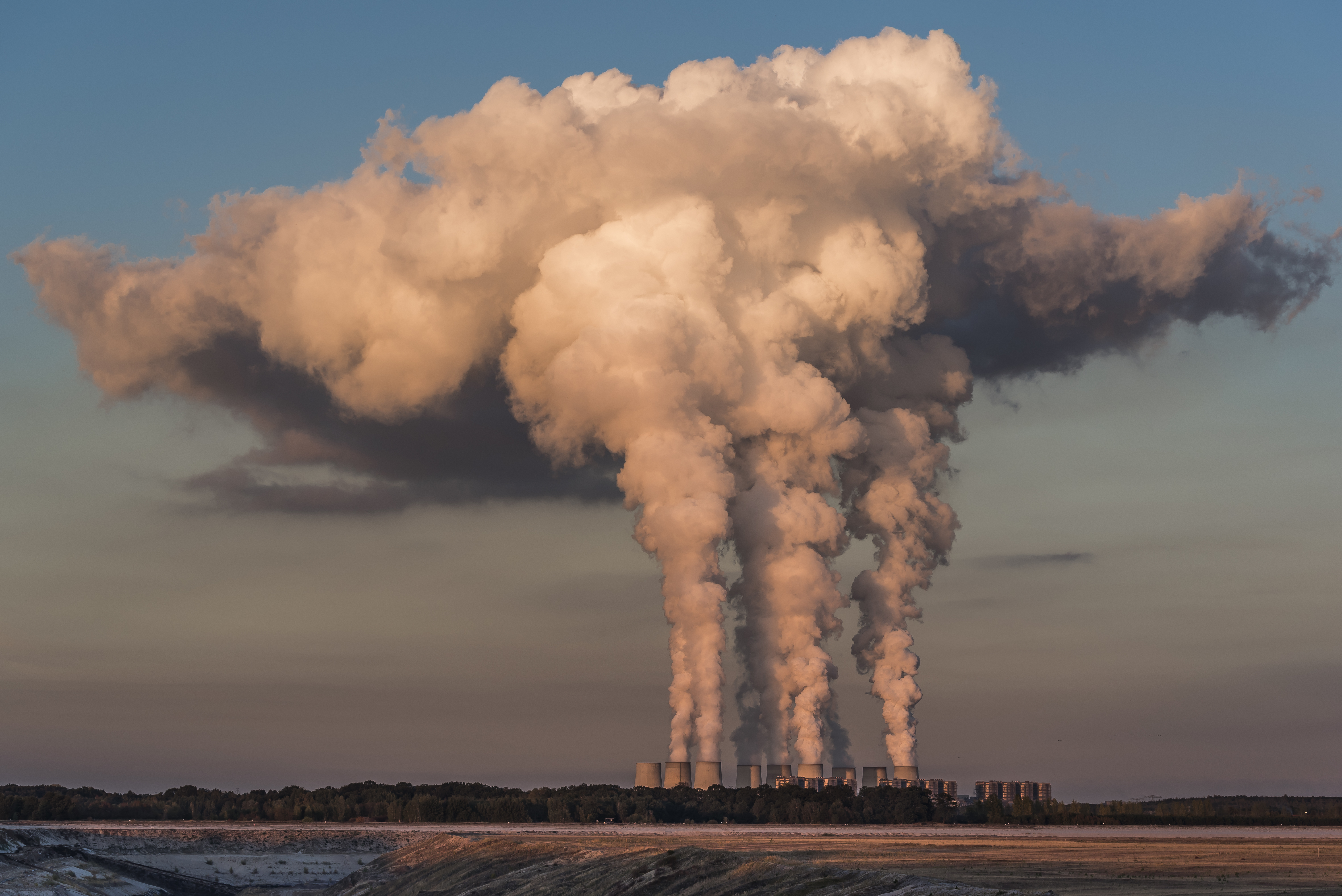
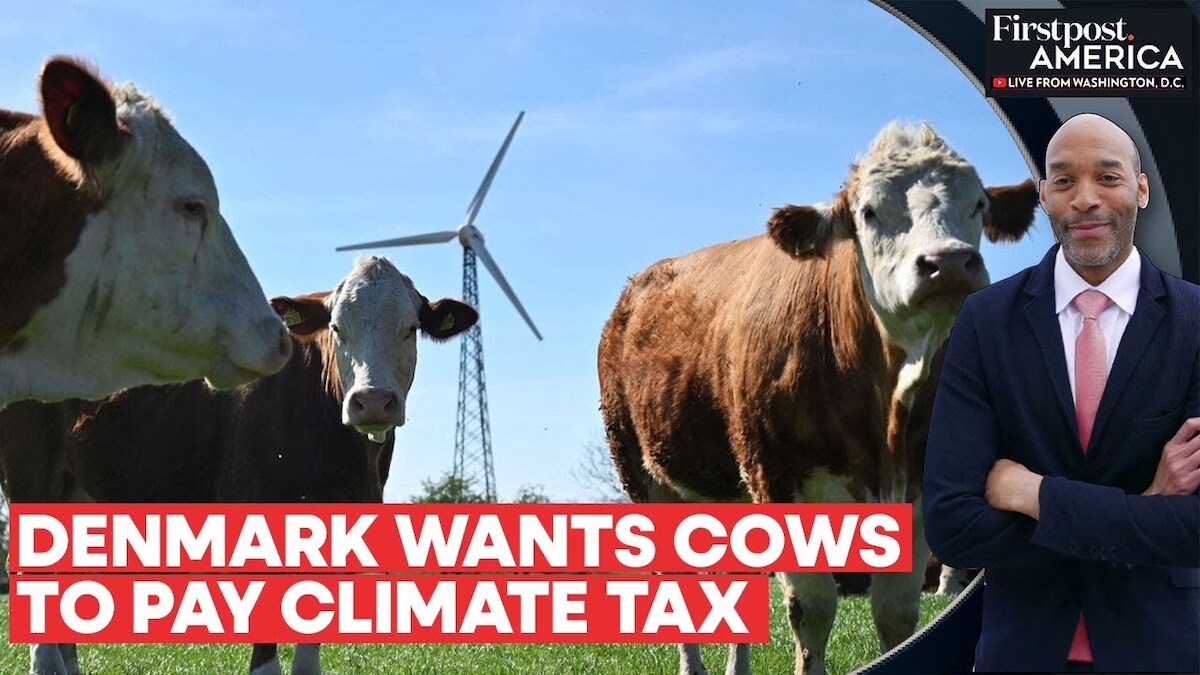
photo courtesy of Firstpost America.
Did you know cows in Denmark will soon be taxed for their greenhouse gas emissions?
Too much GHGs derived from human activity are remaining in the atmosphere for too long, and our planet’s heating up because of it. In response, many countries are scaling up efforts to reduce these GHG emissions to help prevent the heatwaves, heavy rains and rising sea levels that are induced by global warming. This includes taxing cow burps, which are major GHG emitters.
Fortunately, South Korea’s also jumped on the bandwagon. In 2020, the government declared that by 2050, “there will be no further increase in human activity-derived GHG concentrations”, aiming to ensure a safer, more prosperous life for current and future generations.
Since 2015, the South Korean government has operated the “GHG Emissions Trading System (ETS)”, which encourages companies’ compliance on GHG emissions reduction in line with promised national targets and provides financial support for companies to transition to more eco-friendly production systems. The ETS is outlined in Article 25 of the Framework Act on Carbon Neutrality and Green Growth for Coping with Climate Crisis, which recommends “taking advantage of market functions to achieve the national vision, mid- to long-term reduction targets” more effectively.
To better understand the emissions trading system, let’s break down what emissions credits are and how trading them works.
The Emissions Trading System
Once a year, the government distributes credits to GHG-emitting companies. Depending on the plan, these credits are either sold (paid allocation) or given away for free (free allocation). The number of emission credits is typically aligned with the country’s GHG reduction targets (the NDC), and revenue from purchased credits is used to finance climate change mitigation and adaptation.
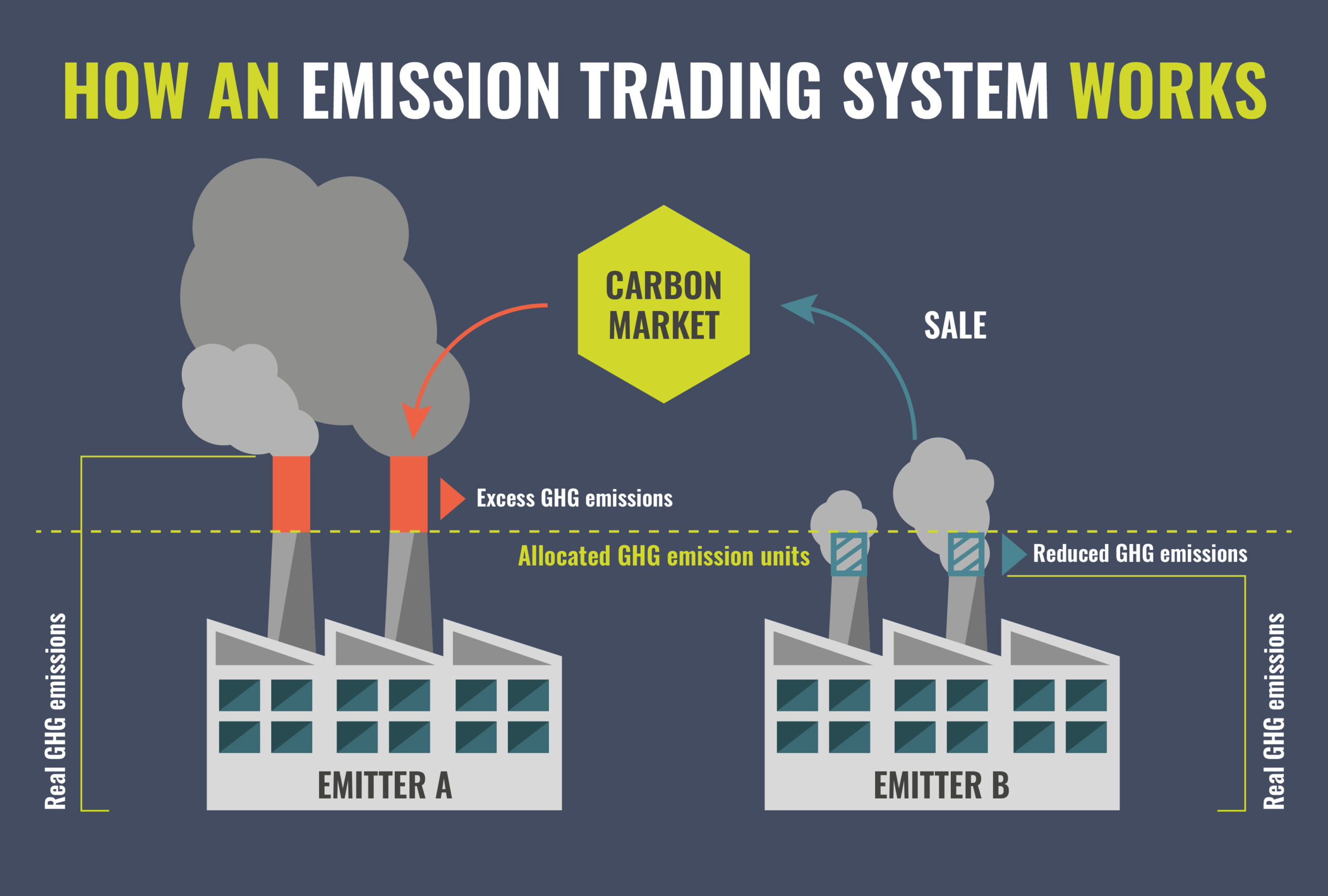
photo courtesy of Carbonwise
Companies can buy and sell these credits (depending on whether they run out of credits or have a surplus) on what we call the emissions market. The idea is that less GHG emissions = the more surplus credits available for sale (i.e. more money), creating a kind of financial incentive for companies to reduce their emissions.
Emissions trading systems like this seem pretty ideal on the surface – but there’s a serious problem lurking beneath. Over the past decade, the South Korean government has given away so many free credits, companies no longer need to buy and sell them from each other!
In fact, since the introduction of ETS, there has been a surplus of credits despite an only minimal reduction in actual GHG emissions. From the very beginning, the country has set reduction targets too low and distributed too many credits to companies.
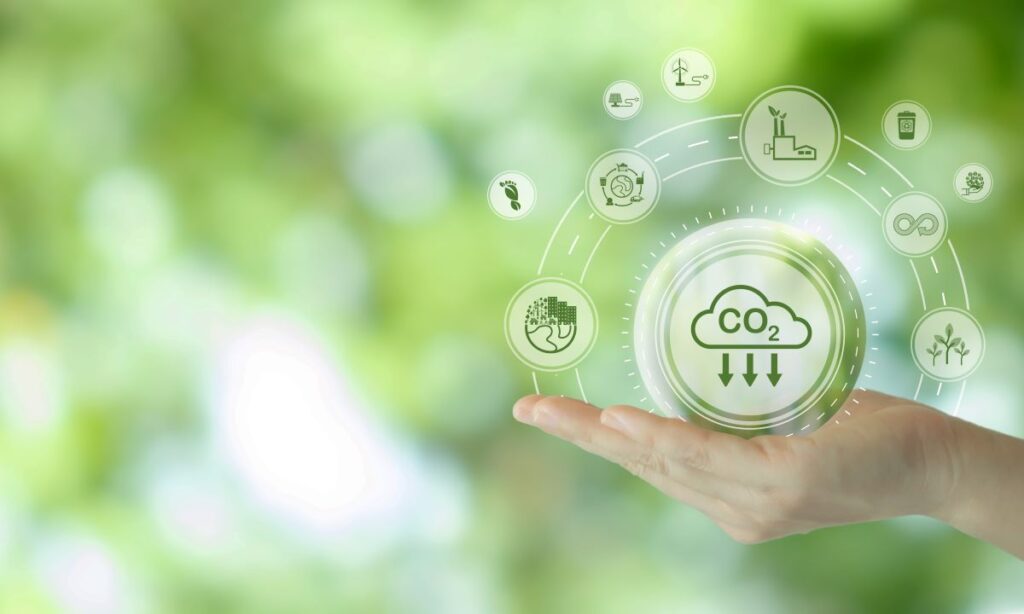
Things are very different overseas.
In the EU and the U.S. state of California, companies generating electricity are required to purchase all their emissions credits. In exchange, the government offers significant support to those companies which transition to renewable energy sources like solar or wind with the revenue from trading surplus credits – a clear incentive to reduce GHG emissions.
In stark contrast, electricity generators in South Korea only pay for 10% of their emissions credits, with the other 90% distributed free of cost.
Naturally, Korean companies have little to no incentive from the government to take emissions reduction seriously. Instead, they have the privilege of selling surplus credits on the market and making a profit without making any actual reduction efforts. Although Korea’s total GHG emissions remained relatively unchanged between 2012 and 2022, in 2024 alone, there were 77.62 millions tons’ worth of excess emissions credits – worth roughly 800 billion won once sold.
This year, the government is in the process of specifying the 4th emissions trading system, including the number of emission credits and the ratio of paid to free emission credits. The 4th ETS Allocation Plan will determine how Korea’s only public mechanism for regulating GHG emissions and financing climate action will operate for the next five years.
According to SFOC’s analysis, reducing the share of free credits and expanding that of paid credits (100% for power generators, 20-60% for non-power generating companies) from the year 2026 would help “normalize” the average annual emissions credit price to around KRW 70,000 per ton by 2040, generating a cumulative KRW 557 trillion in purchased credit revenue. This revenue could then be used to finance urgently needed climate change mitigation and adaptation projects, including renewable energy, green hydrogen, low-carbon technology development and job transition.
While ordinary citizens take voluntary steps to reduce their GHG footprint by reducing their use of disposables and buying pay-as-you-go trash bags, country governments need to, instead of rewarding corporations with free emission credits, start reforming their emissions trading systems and provide clear regulations and support for the green transition.
Want to learn more about South Korea's emissions trading system? Check out SFOC's report here.
